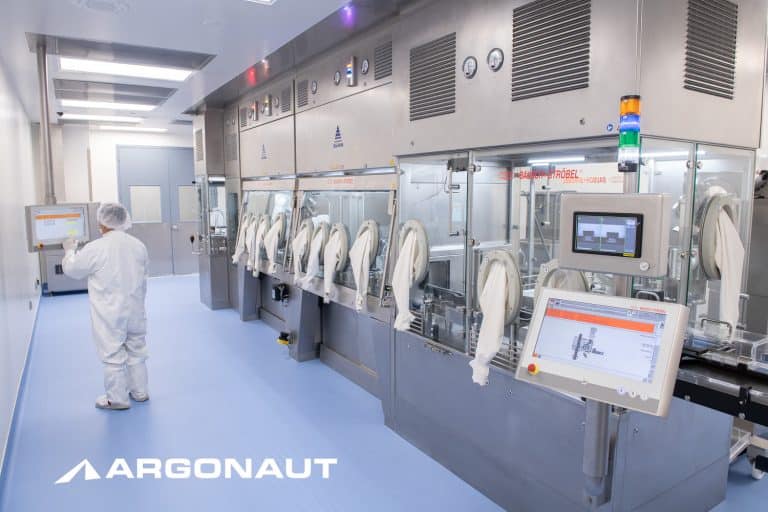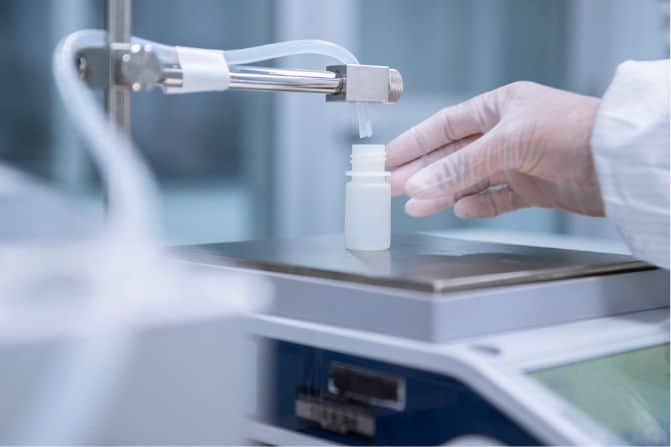Foundry Model Part Two- Leveraging Commonality
The second driver that spawned the growth of the foundry model was the ability to Leverage Commonality. By the mid 1980’s, the techniques used to manufacture a wafer and eventually a semiconductor chip were largely consistent. There were always technique variations and recipes that remained trade secrets. However, in general, the basic process was consistent (Bare wafer, pattern formation, isolation, gate formation, contact formations and interconnect). The powerful intellectual property came from the creativity of the innovators’ novel designs as it related to its intended use.
As we covered in Part One – Keeping Pace in Innovation, the foundry model is poised to fundamentally transform the biotechnology sector. The foundry model brings to molecular diagnostic companies a method to leverage common, non-competitive, manufacturing techniques. In Part 1, the first driver focused on the quickening pace of innovation that creates increasingly larger barriers due to the capital required to upgrade manufacturing facilities and equipment.
In the world of Molecular Diagnostics, the situation is largely the same as in the semiconductor industry, in that non-competitive techniques for manufacturing are typically quite similar. Formulating, filling and finishing of reagents and consumables follow commonly accepted biology lab/manufacturing norms while accounting for scale and variations in recipe, concentration values and application. Harkening to wafer manufacturing, the incredible innovative intellectual property in Molecular Diagnostics is derived from the application of the various techniques and materials in novel ways.
Leveraging Commonality Will:
- Reduce risk by using proven techniques
- Provide access to semi-automated and automated equipment
- Gain access to quality systems not available to each client independently
- Reduce costs by sharing resources and capacity
- Provide predictability in price and delivery
- Reduce capital expense and under-utilization
- Accelerate time to market by using existing systems
In summary, sharing common systems across multiple companies benefits all by de-risking launches and decreasing costs. Next month, in Part Three of our Foundry Model series, we will take a look at the Increasing Cost of Innovation.
You can download the full case-study: “The Foundry Model is Coming to Molecular Diagnostics, Courtesy of the Semiconductor Industry”, and find more more white papers on the Case Studies Page.
Want to learn more about how you can leverage the Foundry model in your organization? Contact us
Click to read Part 1, Keeping Pace in Innovation and Part 3, Increasing Cost of Innovation.


